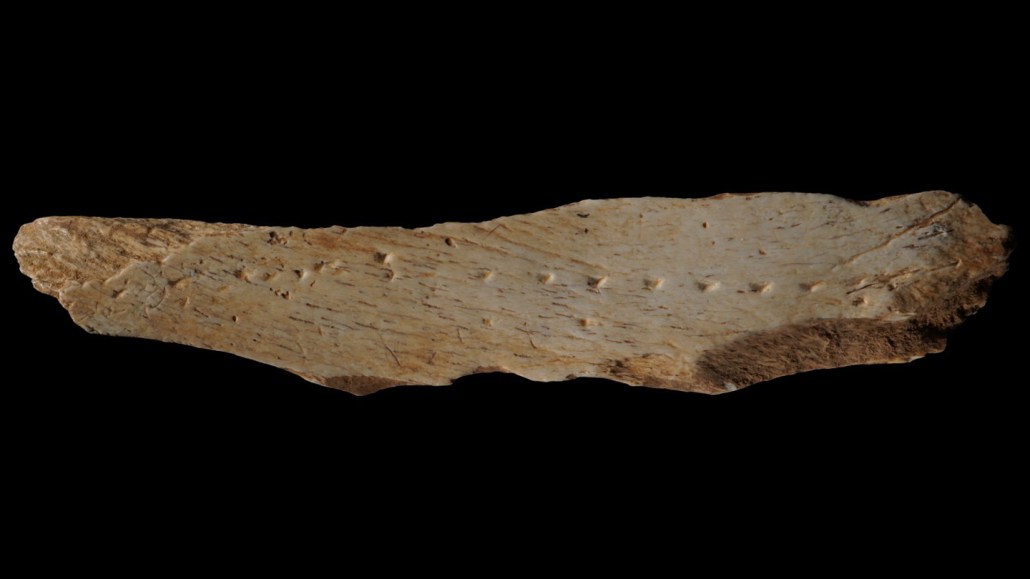A prehistoric method for tailoring clothes may be written in bone
A punctured bone fragment predates eyed needles in Western Europe by about 15,000 years

A nearly 40,000-year-old punctured animal bone fragment (shown) found in Spain was a leatherwork punch board bearing holes from piercing animal hide, a new study suggests.
Francesco d'Errico and Luc Doyon